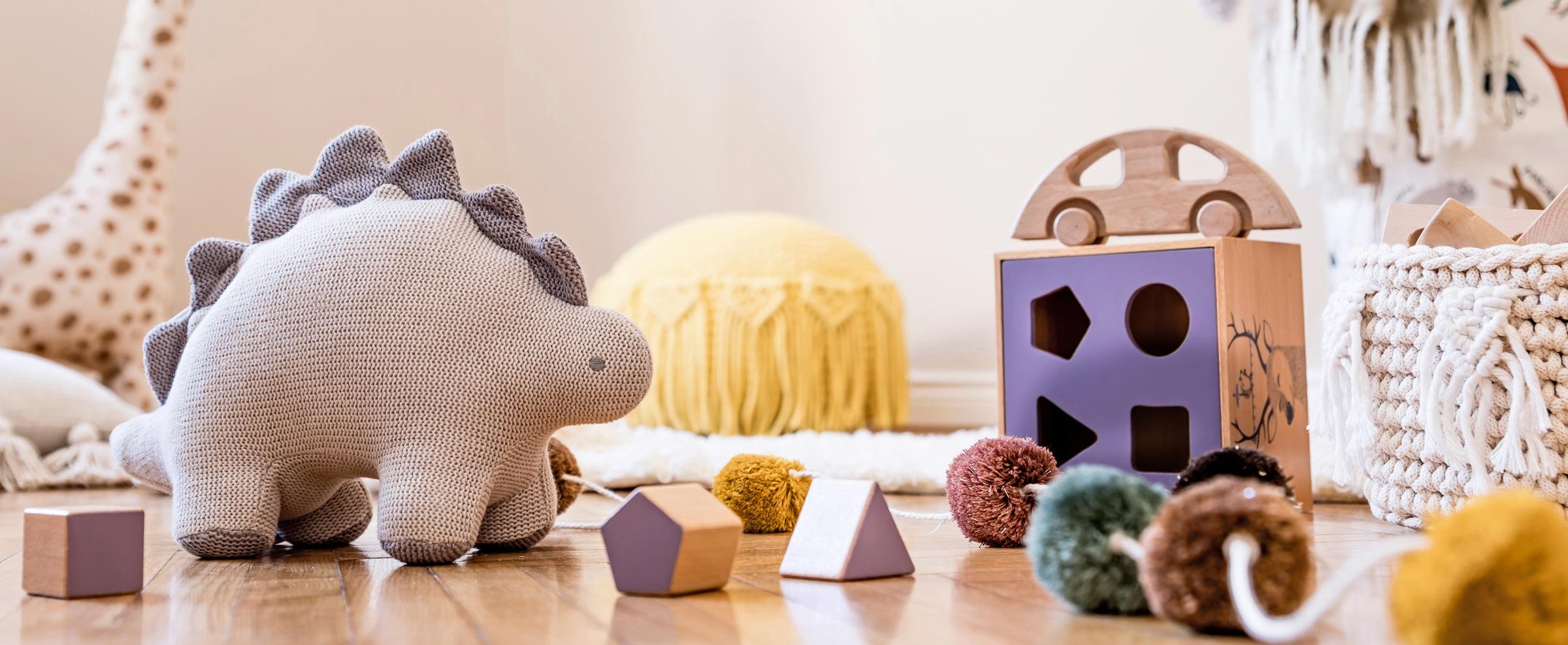Inspiring Play at Home
Inspiring Play at Home: Child-Centred Play Therapy Strategies for Families
In today’s blog post we explore ways to bring the benefits of play therapy into your home. At Inspiring Play: Child & Family Play Therapy on the Sunshine Coast, we believe that play is a powerful tool for supporting children’s development. Today, we’re sharing practical, child-centred play therapy strategies that you can use at home to support your child’s emotional and social growth.
Create a Safe and Inviting Play Space
Children thrive in environments where they feel safe and secure. A designated play area filled with age-appropriate toys, art supplies, and comfortable seating can become a sanctuary for your child’s creativity, emotional expression and development of healthy family relationships. Set up a corner in your living room with a soft rug, cushions, and a variety of toys like building blocks, dolls, and drawing materials. This space can serve as a go-to spot for your child to unwind and express themselves freely.
Follow Your Child’s Lead
Child-centred play therapy emphasizes allowing the child to take the lead. This approach respects the child’s autonomy and helps build their confidence and decision-making skills. If your child chooses to play with a particular toy, join them in their play without directing it. Comment on their actions and show genuine interest in their choices. For instance, if they are building a tower, you might say, “I see you’re making a really tall tower. It reaches all the way up there.”
Reflect Feelings Through Play
Reflecting feelings helps children understand and articulate their emotions. It also validates their experiences and shows empathy. If your child is playing with action figures and one of them is angry, you might say, “It looks like he/she/they are feeling really mad. I wonder what is making them feel this way?” This approach helps your child recognise and label their emotions, fostering emotional intelligence.
Use Play to Work Through Challenges
Play can be a natural medium for children to work through difficulties and explore solutions to problems in a non-threatening way. For example, if your child has been experiencing separation anxiety, you can use dolls or stuffed animals to role-play scenarios where the characters go through a brief separation and reunion. This can help your child process their feelings and develop coping strategies.
Celebrate Your Child’s Unique Play Style
Every child has a unique way of playing, which reflects their personality and developmental stage. Celebrating this individuality nurtures self-esteem and encourages healthy self-expression. If your child enjoys imaginative play, such as pretending to be a superhero or a chef, encourage and participate in their stories. Ask questions and add elements to the story that align with their interests, showing that you value and appreciate their creativity.
By incorporating these child-centred play therapy strategies at home, you can create a supportive environment that nurtures your child’s emotional and social development. Remember, the key is to engage with your child’s play in a way that is empathetic, non-directive, and respectful of their choices.
For more insights and tips on play therapy and early childhood development, stay tuned to our weekly posts here at Inspiring Play: Child & Family Play Therapy. Together, we can inspire joyful and meaningful play for every child.
For more information and resources on play therapy, visit our website at Inspiring Play: Child & Family Play Therapy, Sunshine Coast.
References:
Landreth, G. L. (2012). Play Therapy: The Art of the Relationship. New York, NY: Routledge.
Axline, V. M. (1947). Play Therapy. Boston, MA: Houghton Mifflin.
Russ, S. W. (2004). Play in Child Development and Psychotherapy: Toward Empirically Supported Practice. Mahwah, NJ: Lawrence Erlbaum Associates.






